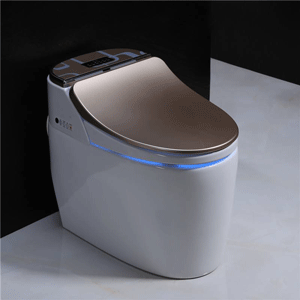Plastic antimicrobial agent is a kind of bacteria, fungus, mold, algae and virus on the surface of plastic have inhibition or kill the additive of action, its can inhibit the growth of these microorganism and reproduction, achieve the purpose of bacteriostasis, antimicrobial thereby. Plastic antimicrobial agents are usually divided into inorganic, organic, natural and polymer antimicrobial agents and other four categories.
Inorganic antibacterial agents
Inorganic antibacterial agent mainly refers to the metal such as silver, copper, zinc or its ions, the method such as ion exchange, physical adsorption, alloying or chemical combination, attached to porous materials and the formation of antibacterial agent. Inorganic antibacterial agents utilize the antibacterial ability of metal ions and achieve the purpose of long-term antibacterial effect through slow release.
Inorganic antibacterial agents have good heat resistance (BBB 0 600℃), wide antibacterial spectrum, long effective antibacterial period, low toxicity, no drug resistance, and high safety. The main varieties are: silver zeolite, silver activated carbon, silver silica gel, silver glass beads, silver hydroxyl phosphorus ash based antibacterial agent, titanium phosphate, silver/zinc compound, etc.
Inorganic silver antibacterial agent

Among many metal ions, mercury, silver, cadmium, copper and zinc all have strong antibacterial ability, but the safe and non-toxic use is limited to silver, zinc and copper ions, and the antibacterial ability of silver ions is far stronger than that of other metal ions such as zinc and copper. Therefore, inorganic silver antibacterial agents occupy the dominant position of inorganic antibacterial agents.
Inorganic silver antibacterial agents have the advantages of high antibacterial activity, good safety (less toxicity, no irritation, no carcinogenicity, no deformity, etc.), good heat resistance, etc.
However, the free silver ions from the inorganic silver antibacterial agents are easily reduced to elemental silver in gray or brown after being heated to a certain temperature under sunlight, which affects the color of the products and seriously affects the transparency of the products, and has poor inhibition effect on fungi and mold.
According to different carriers, different kinds of inorganic silver antibacterial agents have been developed, such as zeolite silver, activated carbon silver, copper phosphate silver, calcium phosphate silver, silica gel silver, zirconium phosphate silver, hydroxyapatite silver, glass silver and so on.